How to Choose the Best Copper Pipes for Plumbing in 2025
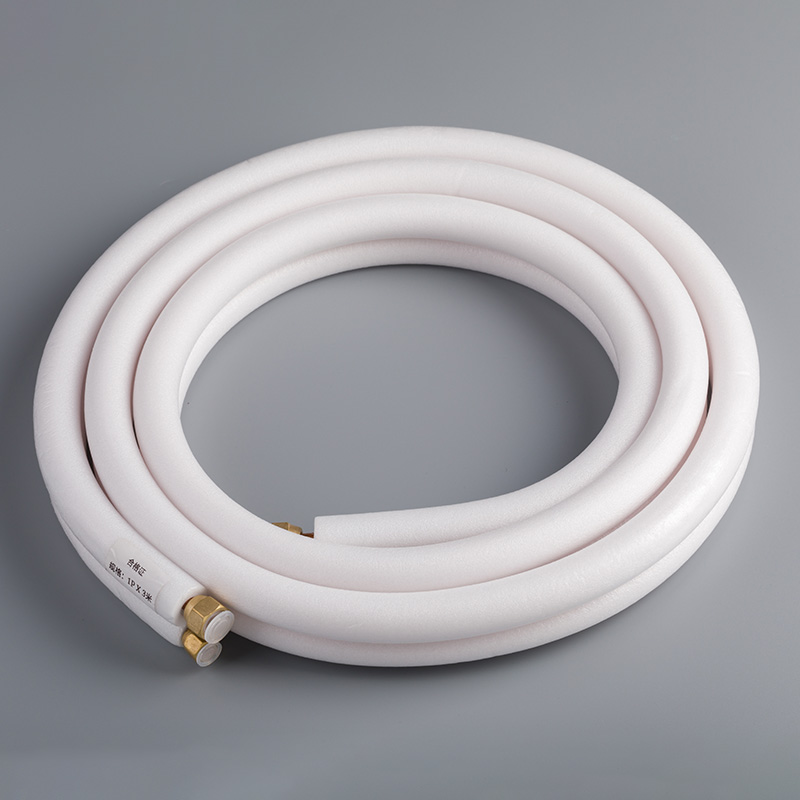
Choosing the right copper pipes is important for good plumbing. Copper pipes are strong and resist rust, making them great for modern systems. To pick the best ones, think about key factors that affect how they work and last.
Type: Different copper pipes are made for specific jobs, like heavy-duty or home use.
Size: The right size helps water flow well and keeps pressure steady.
Cost: Look at upfront costs and how much you'll save later.
Durability: Copper pipes are tough and last a long time.
Water Quality: Good pipes keep water clean and safe to drink.
Compatibility: Make sure your pipes follow local plumbing rules.
More people are using copper pipes because they work well and handle heat easily. They are popular in building projects and HVAC systems. Whether you buy from copper pipe wholesale Australia or install them at home, smart choices will give you strong plumbing for years.
Key Takeaways
Pick the right copper pipe for your job. Use Type K for tough tasks, Type L for houses, and Type M if you want to save money.
Get the right pipe size for good water flow. Most homes use 1/2 inch or 3/4 inch pipes.
Think about how copper pipes save money over time. They last over 50 years and need little fixing.
Follow local rules to make sure your pipes are safe and good quality before putting them in.
Buying lots of copper pipes at once can save money. It also makes sure you have enough for your project.
Types of Copper Pipes
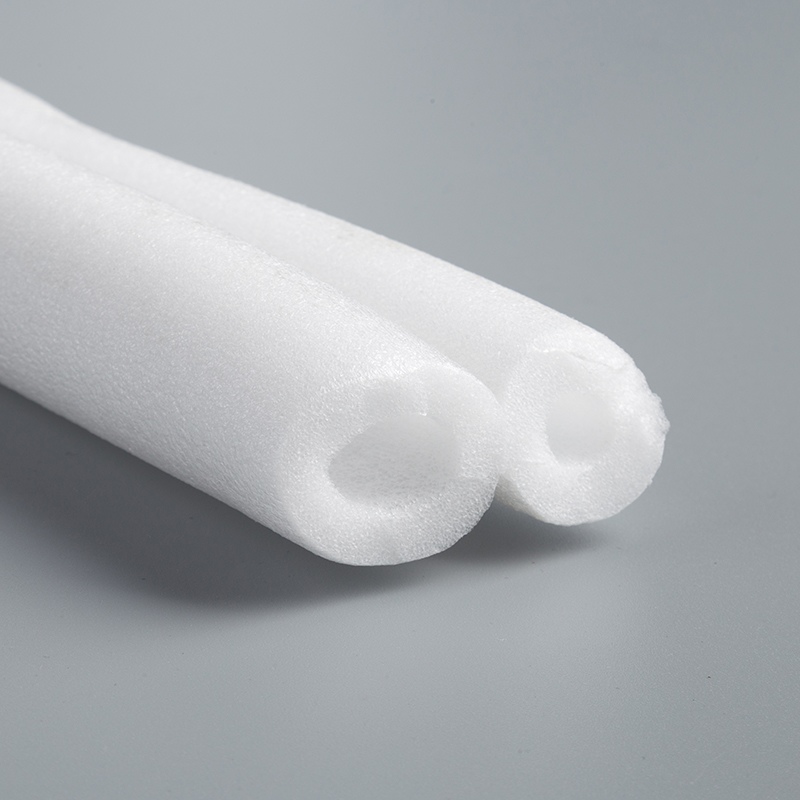
Picking the right copper pipes is key for good plumbing. Each type has special features for different uses. Let’s look at the common types: Type K, Type L, and Type M.
Type K Copper Pipes: Strong and Durable
Type K pipes are the toughest and strongest copper pipes. They have thick walls, perfect for heavy-duty jobs like underground water lines. These pipes are used in places needing strength and reliability.
Did you know? A 2-inch Type K pipe has walls 0.049 inches thick. This makes it the thickest and best for tough conditions.
You’ll see Type K pipes in city water systems, HVAC setups, and medical gas lines. They handle high pressure and resist rust, lasting a long time. Though they cost more, they need fewer repairs, saving money over time.
Type L Copper Pipes: Best for Homes
Type L pipes are the top pick for home plumbing. They balance strength, flexibility, and cost, making them great for many home projects. Whether fixing old pipes or installing new ones, Type L is a solid choice.
Why homeowners love Type L pipes:
Easy to bend, cut, and install, saving time.
Medium-thick walls resist rust, keeping water clean.
Approved by most plumbing codes in North America.
Type L pipes cost less than Type K but are still durable. They’re flexible, making them good for HVAC systems too. As cities grow and pipes age, Type L pipes stay popular for their value and performance.
Type M Copper Pipes: Affordable Choice
For a cheaper option, Type M pipes are a smart pick. These pipes are often used in homes with lower water pressure. Their thinner walls make them lighter and less expensive.
Tip: A 2-inch Type M pipe has walls 0.028 inches thick. It’s thinner than Type K and Type L, making it budget-friendly.
Type M pipes are great for homeowners wanting to save money. They work well for hot and cold water in homes. While not as strong as Type K or L, they’re reliable for everyday plumbing.
When choosing copper pipes, think about your project needs. Type K is for tough jobs, Type L is for homes, and Type M is for budget-friendly systems.
DWV Copper Pipes: Drain, Waste, Vent Systems
DWV copper pipes are made for drain, waste, and vent systems. These pipes help remove dirty water and vent harmful gases. They are not used for pressurized water but work well with gravity-based systems.
Key Features of DWV Copper Pipes
DWV pipes are light and simple to install. Their thin walls make them cheaper than other copper pipes. Even with thinner walls, they resist rust and last a long time. This makes them reliable in wet and changing temperatures.
Tip: Yellow markings on DWV pipes help you tell them apart.
Technical Specifications of DWV Copper Pipes
Knowing DWV pipe details helps you choose the right one. They come in different sizes, each with unique pressure and strength limits. Below is a table showing their maximum pressure and yield strength:
Nominal Size (in) | Max. Working Pressure (psi) | Yield Strength (psi) |
|---|---|---|
1 1/4 | 280 | 5100 (annealed) / 10000 (drawn) |
1 1/2 | 249 | 5100 (annealed) / 10000 (drawn) |
2 | 185 | 5100 (annealed) / 10000 (drawn) |
3 | 135 | 5100 (annealed) / 10000 (drawn) |
4 | 127 | 5100 (annealed) / 10000 (drawn) |
5 | 129 | 5100 (annealed) / 10000 (drawn) |
6 | 126 | 5100 (annealed) / 10000 (drawn) |
8 | 124 | 5100 (annealed) / 10000 (drawn) |
The chart below shows how pipe size affects pressure and strength:
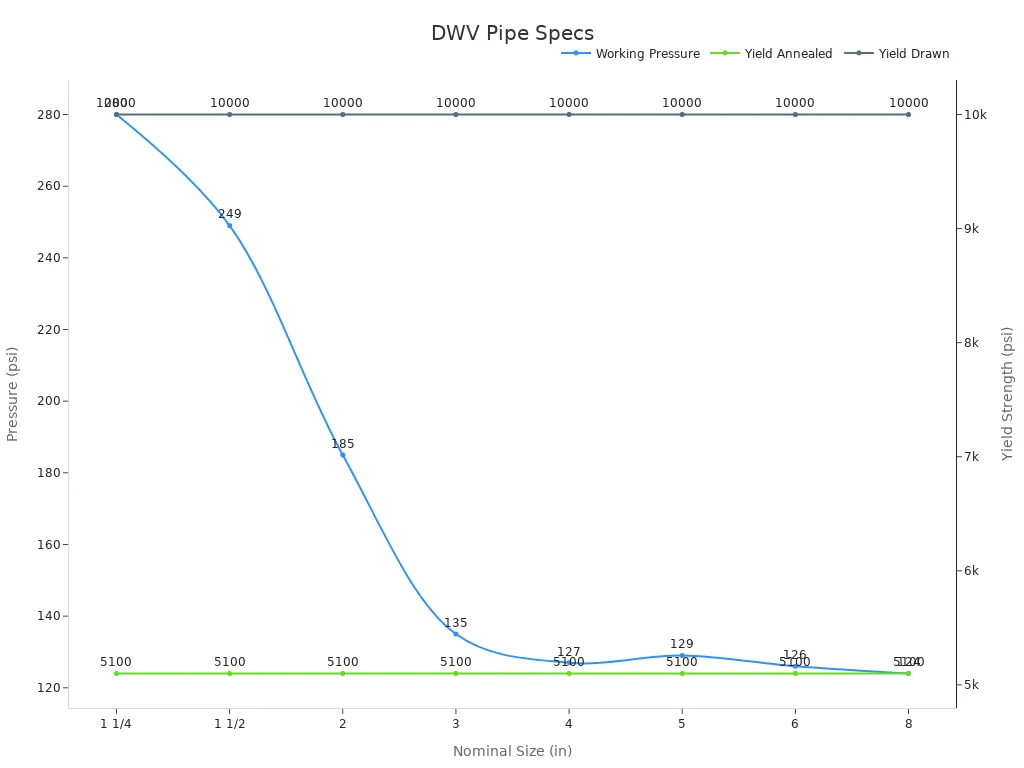
Why Choose DWV Copper Pipes?
DWV copper pipes are great for drainage and venting systems. They resist rust, keeping water flowing without leaks or clogs. Their light design makes installation easier and cheaper. DWV pipes also meet plumbing rules, so you don’t have to worry about codes.
Pick the right size for your system to avoid problems. Proper sizing keeps water flowing well and stops bad smells. Choosing DWV pipes means you’ll have a strong plumbing system for years.
Why Use Copper Pipes
Longevity and Durability
Copper pipes last a very long time. Type L copper pipes can work for 50 years or more. Some systems even last over 100 years. Old copper systems from the 1950s still work today. This makes copper a smart choice for saving money over time.
Copper is also used in tough jobs, like Sweden’s nuclear waste systems. These systems need to last over 100,000 years. This shows how strong copper is. Copper pipes don’t need to be replaced often. This helps the environment by creating less waste. They can handle high pressure and heat, giving you reliable water for years.
Corrosion Resistance
Copper pipes resist rust and breaking down. This keeps water clean for a long time. Copper may get a thin layer of corrosion, but it doesn’t weaken the pipe. This makes copper pipes strong and long-lasting.
Copper doesn’t react much with chemicals, so water stays safe. You won’t need extra treatments to keep water clean. Copper pipes are better than other materials at stopping leaks and keeping water pure. This makes them a great choice for homes and businesses.
Safety and Reliability
Copper pipes give safe and steady water. They stop bacteria from growing, keeping water cleaner. Copper can handle heat and won’t catch fire, unlike PEX pipes. This makes it great for hot water systems.
Copper pipes are strong and don’t wear out easily. They are also recyclable, which helps the planet. Copper lasts a long time and needs little fixing. Choosing copper pipes means you’ll have a plumbing system you can trust for years.
Copper Pipe Sizes and Compatibility
Standard Sizes for Home Plumbing
Picking the right size copper pipes for your home is important. Most homes use pipes that are 1/2 inch or 3/4 inch wide. These sizes work well for steady water flow and pressure. Bigger pipes, like 1 inch or 1 1/4 inch, are used for main water lines or systems needing more water.
Here’s a simple table showing pipe sizes and uses:
Diameter | Common Uses |
|---|---|
1/2 inch | Popular for home plumbing |
3/4 inch | Popular for home plumbing |
1 inch | Used for larger water systems |
1 1/4 inch | Used for larger water systems |
1 1/2 inch | Used for bigger setups |
2 inch | Often seen in commercial or industrial setups |
Choosing the right size helps your plumbing work well and meet your needs.
Picking the Right Thickness
The thickness of copper pipes affects how strong they are. Pipes come in different types with varying wall thickness. Type L pipes are common for homes because they are strong and affordable. Type M pipes are thinner and used for heating or low-pressure systems. Type K pipes are the thickest and best for underground or heavy-duty jobs.
Here’s a table showing pipe thickness for each type:
Pipe Size (inches) | Type K | Type L | Type M |
|---|---|---|---|
1/2 | 0.049 | 0.040 | 0.028 |
3/4 | 0.065 | 0.045 | 0.032 |
1 | 0.065 | 0.050 | 0.035 |
Pick Type L or K for high-pressure systems. Type M works for lighter tasks.
Following Local Plumbing Rules
Before using copper pipes, check if they follow local rules. These rules say what materials, sizes, and methods are allowed. Copper pipes are usually accepted because they are safe and durable. But it’s still important to check specific rules.
Here are some key standards:
Specification | What It Covers |
|---|---|
ASTM B88 | Rules for seamless copper water pipes |
NSF Standard 61 | Health safety for drinking water systems |
1996 Safe Drinking Water Act | Protects public water supplies |
Some rules also cover solder and fittings. For example, ASTM B32 explains safe soldering materials. Always ask your local building office or a plumber to make sure you follow the rules.
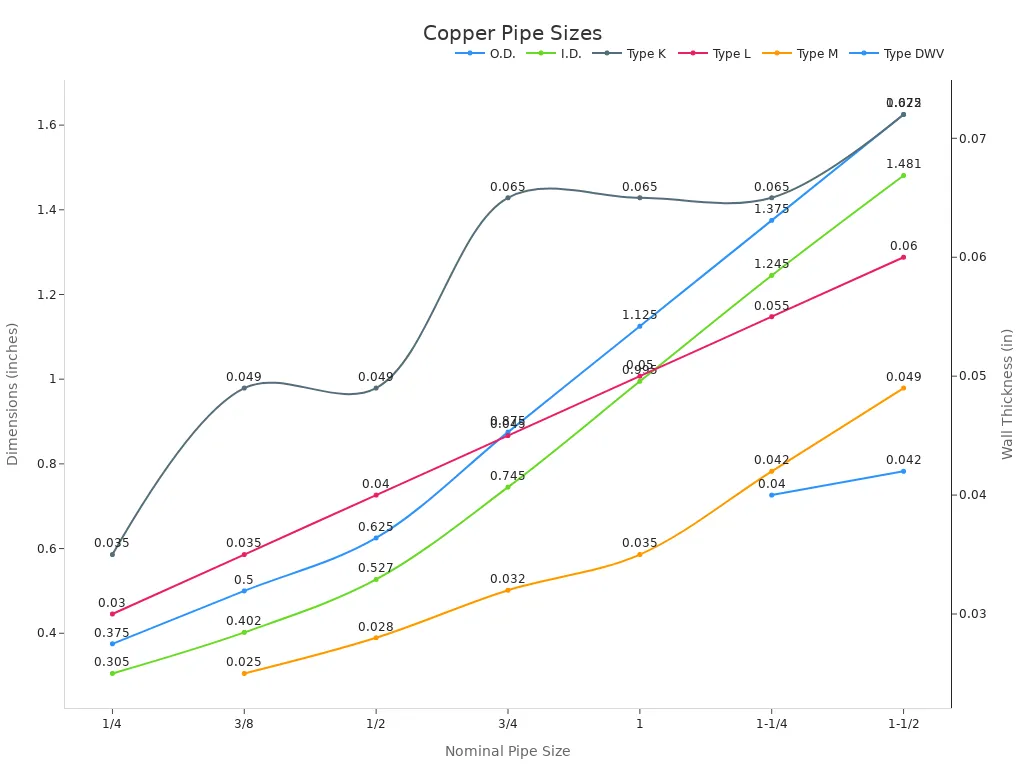
By following these rules, your copper pipes will be safe and work well.
Installation Considerations for Copper Pipes

Tools and Equipment Needed
To install copper pipes, you need special tools. These tools make the job easier and help your plumbing last longer. Below is a simple checklist of what you’ll need:
Tool/Equipment | What It Does |
|---|---|
Tube Cutter | Cuts copper pipes neatly and precisely. |
Reaming Tool | Smooths rough edges for a better seal. |
Propane Torch | Heats pipes and fittings for soldering. |
Flux and Solder | Creates strong, leak-proof joints. |
Pipe Wrench | Tightens or loosens pipe connections. |
Measuring Tape | Helps measure pipe lengths correctly. |
Check guides like the Copper Tube Handbook for more tips on tools and fittings. Preparing well makes installation faster and reduces mistakes.
Soldering and Fitting Steps
Soldering connects copper pipes securely. Follow these easy steps to do it right:
Clean the Pipes: Use sandpaper or a wire brush to clean pipe ends and fittings. This removes dirt and rust.
Apply Flux: Spread flux on both surfaces. It stops rust and helps the solder stick.
Heat and Solder: Heat the joint evenly with a propane torch. Touch solder to the joint until it melts and fills the gap.
Check the Joint: Let it cool, then inspect for gaps. Wipe off extra flux to avoid rust.
Tip: Watch videos like How to Solder Copper Pipes and Fittings for step-by-step help. Good soldering stops leaks and makes the job easier.
When to Call a Plumber
Sometimes, installing copper pipes needs a professional. Call a plumber if:
Situation | Why You Need Help |
|---|---|
Complicated Systems | Experts handle tricky layouts and high-pressure setups. |
Missing Tools | They have the right tools for the job. |
Experience | Skilled plumbers solve unexpected problems quickly. |
Code Rules | They make sure your system follows local laws. |
Plumbers also clean up after the job and protect your home. Their skills ensure your plumbing works well for years.
Note: If you’re unsure about your abilities or the project’s difficulty, hiring a plumber saves time and prevents costly errors.
Comparing Copper Pipes to Alternatives
Copper vs. PVC Pipes
Copper and PVC pipes have key differences in strength, cost, and lifespan. Copper pipes last 70–80 years, while PVC can last over 100 years. Copper is flexible and handles vibrations well, making it good for earthquake areas. But acidic water can slowly damage copper. PVC pipes are thicker and resist physical damage better. They also handle freezing temperatures more effectively.
Pipe Type | Cost per Foot | Lifespan | Maintenance | Freezing Temperature |
|---|---|---|---|---|
Copper Pipes | $3 | 70–80 years | Needs surface cleaning | -20°F |
PVC Pipes | $2.50 | 100 years | Low maintenance | -32°F or lower |
Copper pipes are recyclable and eco-friendly. PVC production, however, raises pollution concerns. Copper installation costs more because skilled labor is needed. PVC is cheaper to install with simple bonding methods. If you value durability and the environment, choose copper. For a budget-friendly option, PVC works well.
Copper vs. PEX Pipes
Copper and PEX pipes differ in flexibility, lifespan, and installation ease. Copper is rigid and hard to fit in tight spaces. PEX is very flexible and bends easily, needing fewer fittings. This makes PEX faster and cheaper to install.
Feature | Copper Pipes | PEX Pipes |
|---|---|---|
Flexibility | Stiff, not easy to bend | Very flexible, bends easily |
Longevity | 50+ years, may corrode | 25–40 years, no corrosion |
Installation | Harder, needs special tools | Easier, fewer tools required |
Copper lasts over 50 years but can corrode in some conditions. PEX lasts 25–40 years and resists corrosion completely. Copper needs soldering and special tools, while PEX uses simple crimp or push-fit connections. Pick copper for long-term reliability. Choose PEX for easier and cheaper installation.
Copper vs. Galvanized Steel Pipes
Copper beats galvanized steel in lifespan, rust resistance, and environmental use. Copper pipes last over 40 years, while steel pipes last only 15 years. Tests show copper resists rust better underground, with minimal damage after 13 years. Steel, however, shows heavy rust after just 10 years.
Lifespan: Copper lasts much longer than steel.
Rust Resistance: Copper resists rust better, even in salty areas.
Environmental Use: Copper works well in wet or dry places, unlike steel.
Steel pipes are heavier and harder to install, needing more effort and tools. Copper is lighter and easier to work with, making it a better choice for plumbing. For a long-lasting, rust-resistant option, copper is the best pick.
Cost Analysis of Copper Pipes
Initial Costs of Copper Pipes
Copper pipes cost more at first than PEX or HDPE. This is because they are strong, reliable, and need skilled workers to install. For example, installing copper costs $5,286, which is slightly higher than PEX ($5,046) and HDPE ($5,033). The higher price reflects the better quality and long-lasting nature of copper pipes.
Costs vary by region. In the USA and Western Europe, 62% of people are okay paying 15-20% extra for better copper features. In Japan and South Korea, people prefer cheaper options. In South Korea, 40% of homeowners even look into leasing pipes to lower upfront costs.
Region | Cost Preferences |
|---|---|
USA & Western Europe | 62% pay 15-20% more for better copper features |
Japan/South Korea | 70% choose cheaper pipe models |
South Korea | 40% explore leasing to save money upfront |
USA | 20% explore leasing to save money upfront |
Long-Term Benefits and Savings
Copper pipes cost more at first but save money later. They last over 50 years, longer than PEX or HDPE. This means fewer replacements, which saves money over time. Copper also resists rust, so repair costs stay low, and water stays clean.
A study shows copper costs $5,278 over 75 years. This is much less than HDPE ($8,584) and PEX ($8,606). Copper’s low maintenance needs make it cheaper in the long run.
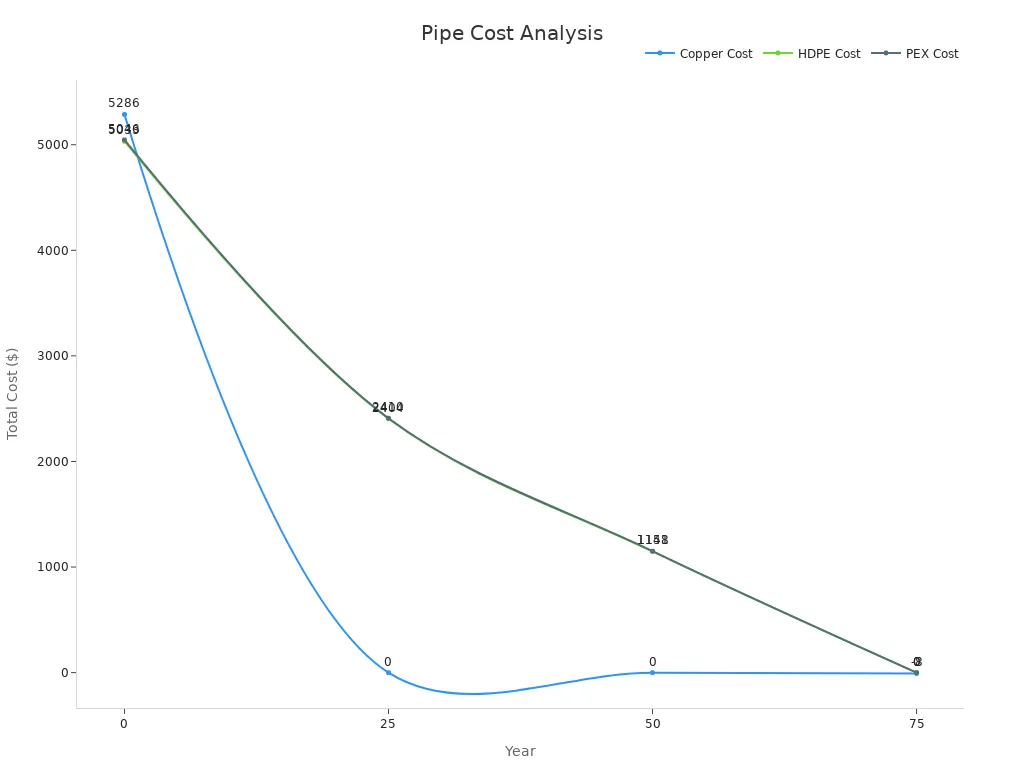
Choosing copper pipes gives you strong, reliable plumbing that saves money over time.
Maintenance Costs Over Time
Copper pipes need very little care, making them affordable. Unlike PEX, which can break in sunlight, or HDPE, which cracks in extreme weather, copper stays strong and steady. Simple care, like checking joints and cleaning pipes, helps them last even longer.
Copper’s low upkeep costs make it a smart choice. Over 75 years, copper pipes need almost no extra spending. PEX and HDPE, however, need repairs and replacements often. Copper is perfect for homeowners who want plumbing that lasts and doesn’t need much fixing.
Copper Pipe Wholesale Australia: Bulk Buying Advantages
Getting copper pipes in bulk can save money and make projects easier. If you’re working on a big plumbing job, copper pipe wholesale Australia has great benefits.
Why Bulk Buying is Smart
Buying many pipes at once lowers the price per pipe. Wholesale sellers often give discounts for large orders, helping you stick to your budget. Bulk buying also means you won’t run out of pipes during your project.
Tip: Compare prices and delivery options from local suppliers. Some Australian wholesalers offer free shipping for big orders.
Benefits of Copper Pipe Wholesale Australia
Lower Costs: Wholesale prices are cheaper than store prices, saving money.
Convenience: One big order means fewer trips to buy supplies.
Uniform Quality: Bulk buying ensures all pipes look and work the same.
Eco-Friendly Choices: Many suppliers use recyclable packaging and green delivery methods.
Picking the Best Wholesale Supplier
Suppliers vary, so choose one with good reviews and reliable service. Ask about warranties and return policies. Some sellers focus on copper pipe wholesale Australia, offering solutions for homes and businesses.
Note: Make sure the pipes follow Australian plumbing rules before buying.
Bulk buying is smart for homeowners and builders. It saves money, keeps quality consistent, and makes planning easier. Choosing copper pipe wholesale Australia gives you strong pipes at a fair price.
Picking the right copper pipes helps your plumbing work well and last long. You now know about the types of copper pipes, their uses, and how to compare costs and strength. Each type is made for a specific job, like tough tasks or saving money at home.
Think about what your plumbing needs before deciding. Make sure the pipes meet local rules. Find a balance between price and durability for the best value. By doing this, you’ll have a strong and dependable plumbing system for years.
FAQ
1. How do you know which type of copper pipe to choose?
Think about your project’s needs. Use Type K for tough jobs like underground work. Type L is great for home plumbing. Type M is cheaper and works for low-pressure systems. Always check local rules before picking a type.
2. Can copper pipes handle freezing temperatures?
Yes, copper pipes can handle cold weather. But they might burst if water inside freezes. To stop this, wrap pipes with insulation in winter. Foam sleeves or heat tape can protect pipes from freezing.
Tip: Insulating pipes keeps them safe during icy weather.
3. Are copper pipes safe for drinking water?
Yes, copper pipes are safe for drinking water. They resist rust and don’t release harmful chemicals. If your water is very acidic, it might cause tiny amounts of copper to mix in. Test your water to make sure it’s safe.
4. How long do copper pipes last?
Copper pipes can last over 50 years if cared for well. Some systems even work for 100 years. Check for leaks and clean joints regularly to help them last longer.
5. Is it better to install copper pipes yourself or hire a plumber?
If you know how and have the tools, you can install copper pipes yourself. For tricky setups or to follow local rules, hire a plumber. They make sure the pipes are installed correctly and work for a long time.
Note: Mistakes during installation can cost a lot to fix later.
See Also
Uncover Top Copper Pipe Fittings for Your Plumbing Needs
Five Key Steps to Selecting Proper Copper Pipe Size
Reasons to Opt for Copper Pipes in Air Conditioning


